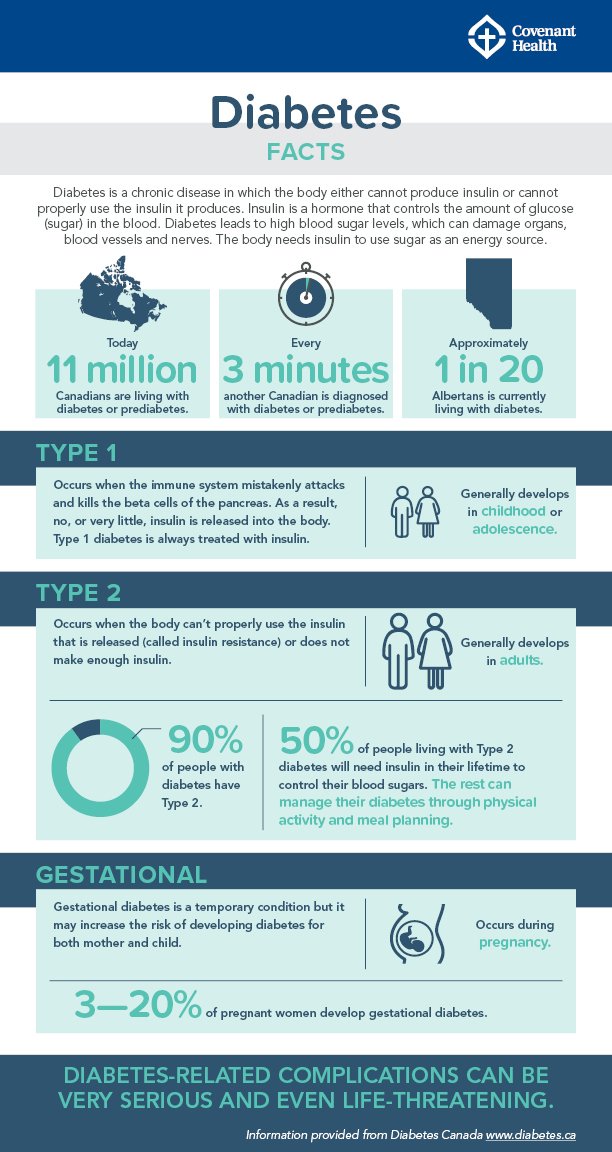Driving safely with diabetes

November 14, 2018
By Lisa Brunelle, Communications advisor, Covenant Health
Most people just hop in the vehicle and start driving. For Eric Henderson, driving isn’t so simple.
The 35-year-old has Type 1 diabetes. Anyone who requires insulin for their diabetes needs to take a more careful approach to driving.
“I check my sugar before I drive and pay attention to how I’m feeling while I’m driving,” says Eric. If I’m driving for a long time, I have to check my blood sugar about every four hours.”
Diabetes, which is elevated blood sugars, can take the form of Type 1, Type 2 or gestational diabetes. Some people need to manage their blood sugars with insulin. Those who are on insulin and driving need to report this to Service Alberta and need to have a driver’s medical each year.
Lisa Huggins, Nurse Educator at the Centre for Diabetes Care at the Grey Nuns Community Hospital, says many people may not realize that those with diabetes need to follow several rules of the road. The first starts before they even enter a vehicle. People need to check their blood sugars before driving.
“If someone has a blood sugar of 4.3 when they get in the car, we hope they’ll eat a snack to increase their blood sugar before driving,” says Lisa.
Ideally the blood sugar should be above five, which is a safe level to drive, explains Lisa.
There’s also a need to check blood sugar levels every two to four hours while driving. Many people with Type 1 diabetes may no longer experience the early physical signs that their blood sugar is low.
“I always have snacks in my car, so I’m prepared for anything,” says Eric.
If a driver experiences a drop in blood sugar while driving, there are steps they should follow. The first step is to pull over to the side of the road.
People with diabetes are using technology like continuous glucose monitoring or flash glucose technology to see at a glance what their blood sugar is. This allows them to drive with greater awareness of their current blood sugar level.
“I teach my patients the steps they need to take to deal with a low while driving because they’re used to following steps to manage their diabetes,” says Lisa. “Pull over and chant to yourself, ‘I’m low, I’m low, I’m low.’ Once they’re safely pulled over, remove the keys from the ignition and throw them onto the floor on the passenger side. Drink a juice or eat a snack. Wait 40 minutes for their blood sugar to recover.”

There is anecdotal evidence that, due to the confusion that can be caused by low blood sugar, people may have forgotten why they pulled over and start driving again, says Lisa. This is part of the reason for removing the keys from the ignition. Another reason is if the keys are still in the ignition, the person is still technically driving and could be charged with impaired driving.
“People don’t realize how much work having diabetes is,” says Eric.